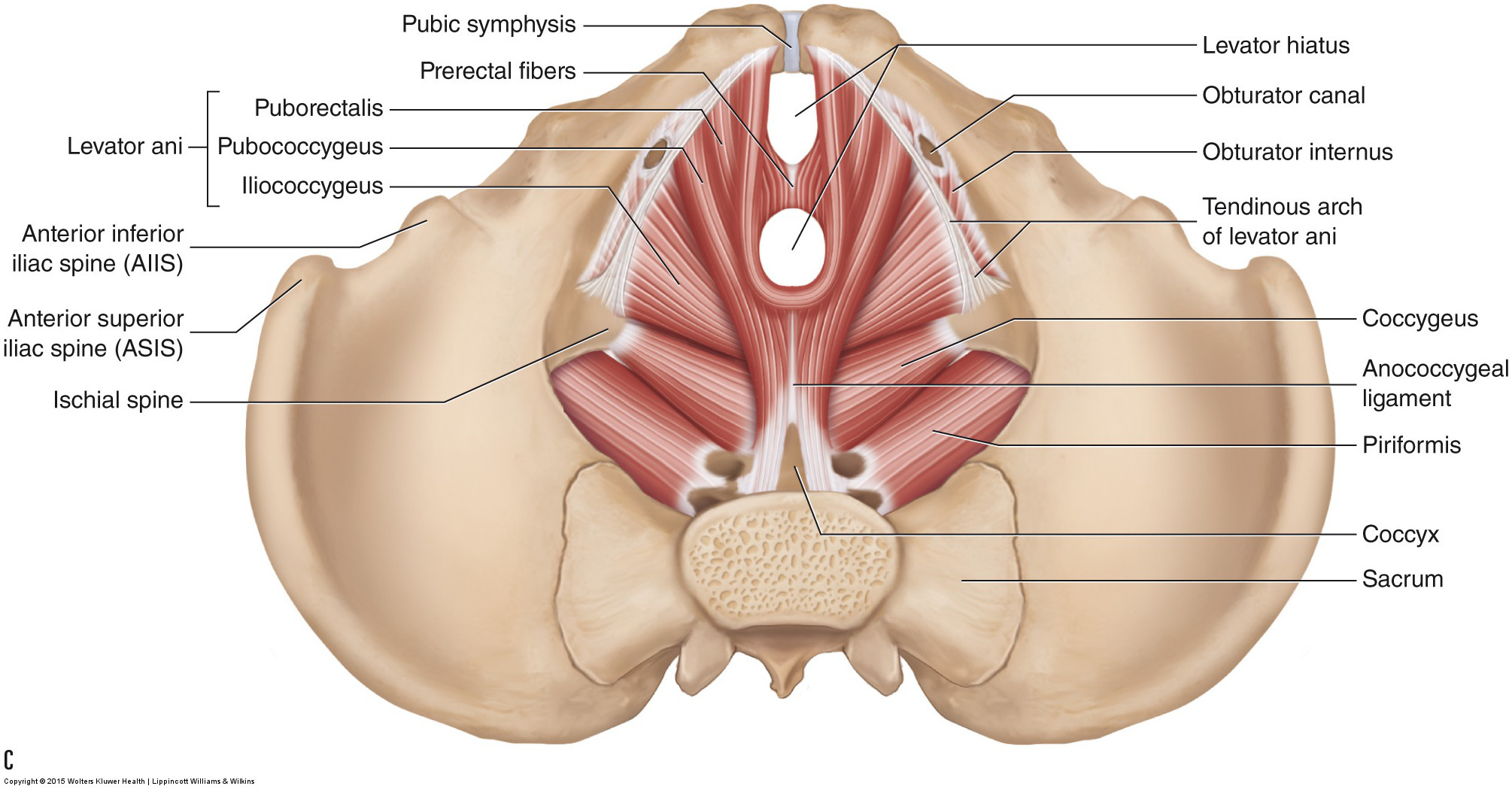Its action elevates the pelvic floor and the anorectal canal.
Flexion floor of pelvic levator ani.
When a firm resistance is felt ask the patient to contract the pelvic floor muscles pfms.
Levator ani muscle musculus levator ani the levator ani is a broad muscular sheet located in the pelvis together with the coccygeus muscle and their associated fascias it forms the pelvic diaphragm.
It means that there is excessive tightening of pelvic floor muscles in levator ani syndrome.
Levator ani syndrome is a muscle based pelvic pain due to chronically contracted pelvic muscles.
Puborectalis pubococcygeus and iliococcygeus.
Levator ani syndrome is a type of nonrelaxing pelvic floor dysfunction.
Levator ani syndrome typically describes pain in the rectum or the bottom and back of the pelvis.
Innervated by the anterior rami of s4 and s5.
The function of the entire levator ani muscle is crucial in that it stabilizes the abdominal and.
The levator ani is collection of three muscles.
The pelvic floor supports the rectum bladder and urethra.
The coccygeus or ischiococcygeus is the smaller and most posterior pelvic floor component as the levator ani muscles are situated anteriorly.
Levator ani syndrome is a type of pelvic floor dysfunction where there are non relaxing muscles.
The levator ani muscles are rather deep being the third layer in the pelvic floor.
And in women it also helps support the vagina and the uterus.
Gordon md frcs c facs in current therapy in colon and rectal surgery second edition 2005.
The levator ani is the main pelvic floor muscle and painfully.
This part of the levator ani is the actual levator of the three.
It supports the viscera in the pelvic cavity and surrounds the various structures that pass through it.
The pelvic floor which is composed of muscles and fascia.
Depth from the skin varies greatly and can be more than 1 5 inches.
It is attached to the inner surface of each side of the lesser pelvis and these unite to form the greater part of the pelvic floor the coccygeus muscle completes the pelvic floor which is also called the pelvic diaphragm.
That means the pelvic floor muscles are too tight.
The levator ani muscle is a broad thin muscle that forms the greater part of the floor of the pelvic cavity and is innervated by the fourth sacral nerve.
Flexion and medial rotation of the hip anterior part extension and lateral rotation of the hip.
The pelvic floor or pelvic diaphragm is composed of muscle fibers of the levator ani the coccygeus muscle and associated connective tissue which span the area underneath the pelvis the pelvic diaphragm is a muscular partition formed by the levatores ani and coccygei with which may be included the parietal pelvic fascia on their upper and lower aspects.
It has many names and can be associated with pelvic floor muscle dysfunction chronic proctalgia fugax or chronic pelvic pain syndrome.
Kegel exercises involve the contraction of the entire levator ani and can treat both stress and urge incontinence as well as pelvic organ prolapse.
Up some skin slack see figure.

